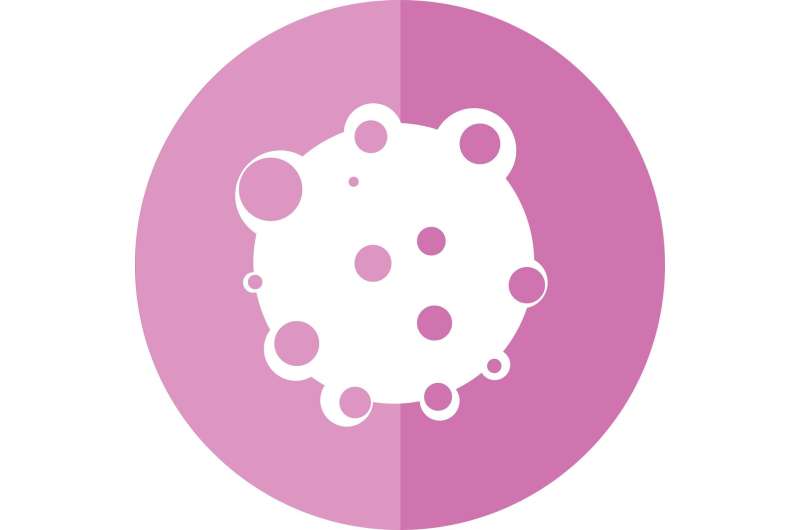
Immunologists at St. Jude Children’s Research Hospital have discovered that tumors use a unique mechanism to switch on regulatory T cells to protect themselves from attack by the immune system. Surprisingly, the mechanism does not affect regulatory T cell function outside the tumor and may therefore limit the immune-associated toxicities of targeting regulatory T cells.
The finding offers the promise of drug treatment to selectively shut down regulatory T cells in a tumor, rendering the tumor vulnerable to cancer immunotherapies that activate the immune system to kill the tumor. The researchers showed that blocking tumor-associated regulatory T cell activity eliminated tumors cells in mice and sensitized the cells to cancer immunotherapy called anti-PD-1 therapy.
The research appeared today in the journal Nature.
A tumor-controlled metabolic pathway to ward off the immune system
Regulatory T cells keep the immune system in check, preventing it from attacking the body’s own tissues in autoimmune diseases such as lupus and rheumatoid arthritis.
“There has certainly been a great deal of interest in targeting regulatory T cells for cancer therapy, because they are central to keeping the immune system in check in tumors,” said corresponding author Hongbo Chi, Ph.D., of the St. Jude Department of Immunology. “But the risk of such targeting is possibly inducing autoimmune disease because these T cells are crucial to balancing the body’s immune response.
“Our finding is exciting because we have identified a metabolic pathway that tumors use to independently reprogram regulatory T cells,” he said. “Thus, we believe there is the potential for inhibiting regulatory T-cell activation in tumors to unleash effective antitumor immune responses without triggering autoimmune toxicity.”
Tracking gene regulation to a surprise
Researchers discovered the pathway by challenging mice with melanoma cells and then analyzing which genes were switched on in regulatory T cells. Investigators compared tumor-infiltrating regulatory T cells with regulatory T cells in other tissues to compare gene activation.
The experiment revealed a master genetic switch that was activated only in regulatory T cells in the tumor microenvironment. The switch was a transcription factor family called SREBP.
“We were surprised to find this context-dependent pathway functioning selectively in the tumor microenvironment,” Chi said. Seon Ah Lim, Ph.D., a first author of the study, added, “It is incredible we can target metabolic pathways in regulatory T cells for cancer immunotherapy while maintaining immune homeostasis.”
The researchers determined that the tumor-specific regulatory T cell pathway was switched on in a range of cancers—melanoma, breast cancer and head and neck cancer. The tumor-specific pathway was not switched on in animal models of inflammation or autoimmune disease.
Genetically blocking the SREBP pathway selectively in regulatory T cells led to rapid clearance of tumor cells in mice with melanoma and colon adenocarcinoma. Targeting the pathway also reduced tumor growth in mice with established tumors. Blocking the pathway had no effect on the proliferation of regulatory T cells or their overall function in the body.
Blocking a pathway unleashes the anti-cancer immune response
Blocking the SREBP pathway also unleashed a potent antitumor response in mice with melanoma treated with immunotherapy called anti-PD-1. Anti-PD-1 treatment alone was otherwise ineffective in the mice. This form of immunotherapy inhibits the biochemical switch known as programmed cell death protein 1, or PD-1. PD-1 is a checkpoint switch that protects tumors by suppressing the immune response to them.
“Anti-PD-1 therapy currently works in only about 20% of cancer patients, although when it works, the response is durable in those cases,” Chi said. “Many pediatric cancers are not responsive to anti-PD-1. Our experiments showed that blocking this lipid pathway had quite a remarkable effect in sensitizing mice to the therapy.
Source: Read Full Article
